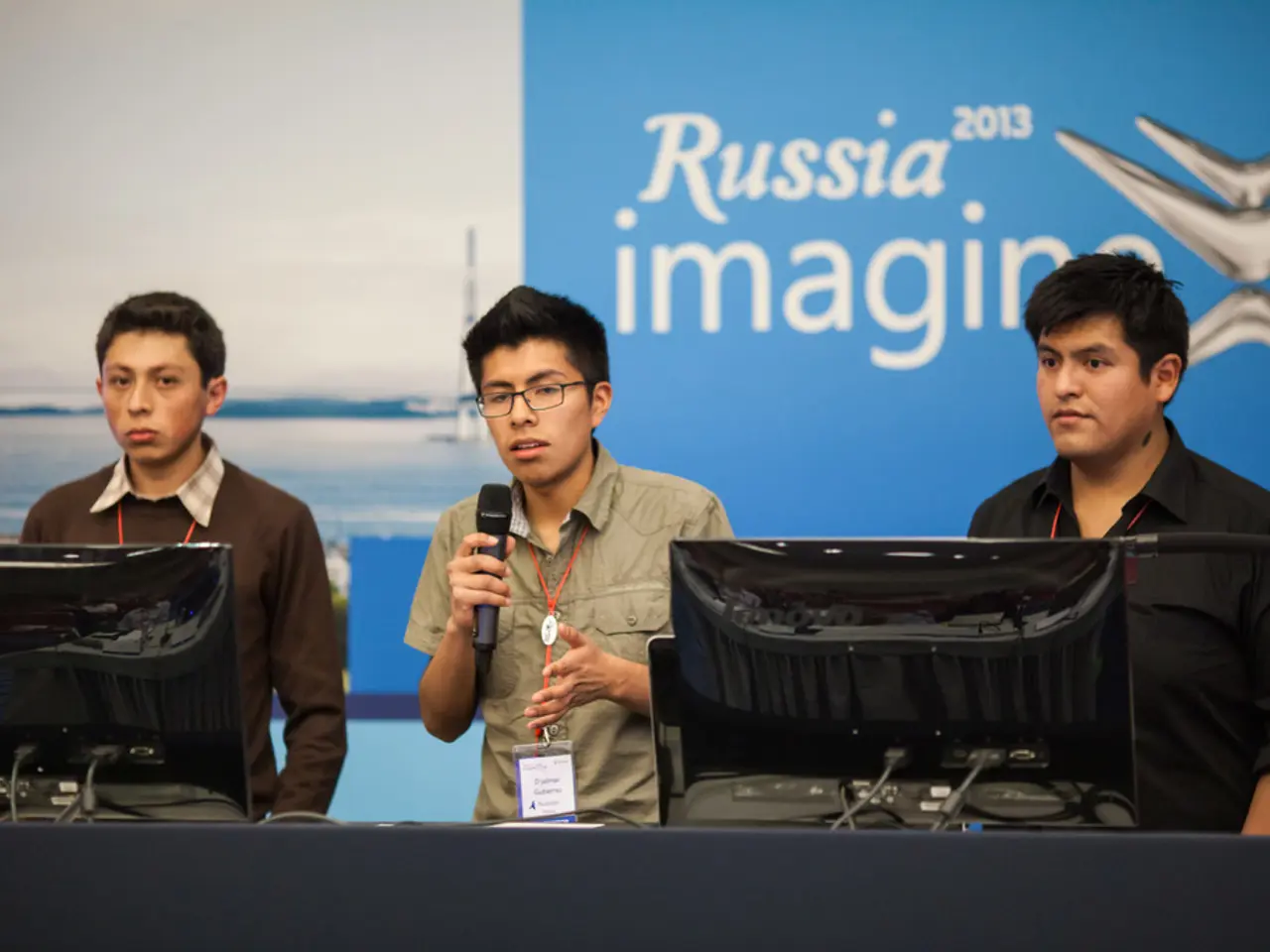Trump publically pondered the dissolution of Nvidia, expressing his unfamiliarity with the corporation, stating, "What on earth is Nvidia? I've never encountered it before."
In a speech at an AI summit in Washington, D.C., President Donald Trump suggested breaking up Nvidia, the leading AI chip maker, to boost competition. However, he abandoned the idea after learning more about the company's market position and the complexity involved.
Trump's initial proposal came as a reaction to Nvidia's exceptional market dominance. Upon querying advisors, he was informed that Nvidia effectively held 100% of the relevant AI chip market, making it a monopoly in that segment. Advisors warned that breaking up such a company would be "very hard" or virtually impossible, causing Trump to reconsider his plan.
This episode highlights Nvidia's critical role in the AI sector and its unprecedented valuation growth. Nvidia was the first company to reach a $4 trillion valuation in 2025, underscoring its technological and economic dominance. However, Trump's initial impulse to "break up" Nvidia reflects broader political and regulatory scrutiny regarding large tech companies' market power, especially those central to emerging technologies like AI.
The U.S. government has ongoing concerns about Nvidia’s market control, leading to antitrust probes and regulatory attention. During the Biden administration, the U.S. Justice Department reportedly launched an antitrust inquiry into Nvidia, scrutinizing its sales strategies and acquisitions, such as that of Run:ai—a startup whose software reduces the number of graphics cards needed for AI tasks. Officials feared Nvidia might have purchased Run:ai to suppress technology threatening its profits. The Department approved the acquisition after Nvidia agreed to open-source some software components.
Trump's unfamiliarity with the company initially highlights Nvidia’s rise to prominence as a powerful but not widely known corporate giant outside tech circles. The AI Action Plan, unveiled during the speech, aims to accelerate AI innovation, encourage the use of American AI tech among allies and friendly nations, and build up American AI infrastructure. The plan also alludes to the expansion of export controls and mentions additional bans on component subsystems used in semiconductor manufacturing.
In summary, Trump proposed breaking up Nvidia to increase market competition but reversed the idea after learning the firm’s dominance and the difficulty involved. Nvidia’s dominance is tied to its pivotal role in AI hardware and its massive valuation, making it a focus of policy discussions on managing tech monopolies. The U.S. government's ongoing concerns about Nvidia’s market control, reflected in antitrust probes and regulatory attention, underscore the intersection of political leadership, antitrust policy, and technological innovation in the rapidly evolving AI industry.
Artificial intelligence plays a crucial role in Nvidia's market dominance, giving it an edge in the rapidly evolving AI industry. This becoming evident as Nvidia's first-mover advantage in AI hardware contributes to its exceptional valuation growth, reaching $4 trillion in 2025. Despite Trump's initial proposal to break up Nvidia to boost competition, the complexities involved led him to reconsider, indicative of ongoing political and regulatory scrutiny surrounding large tech companies like Nvidia, particularly those central to emerging technologies such as AI.




